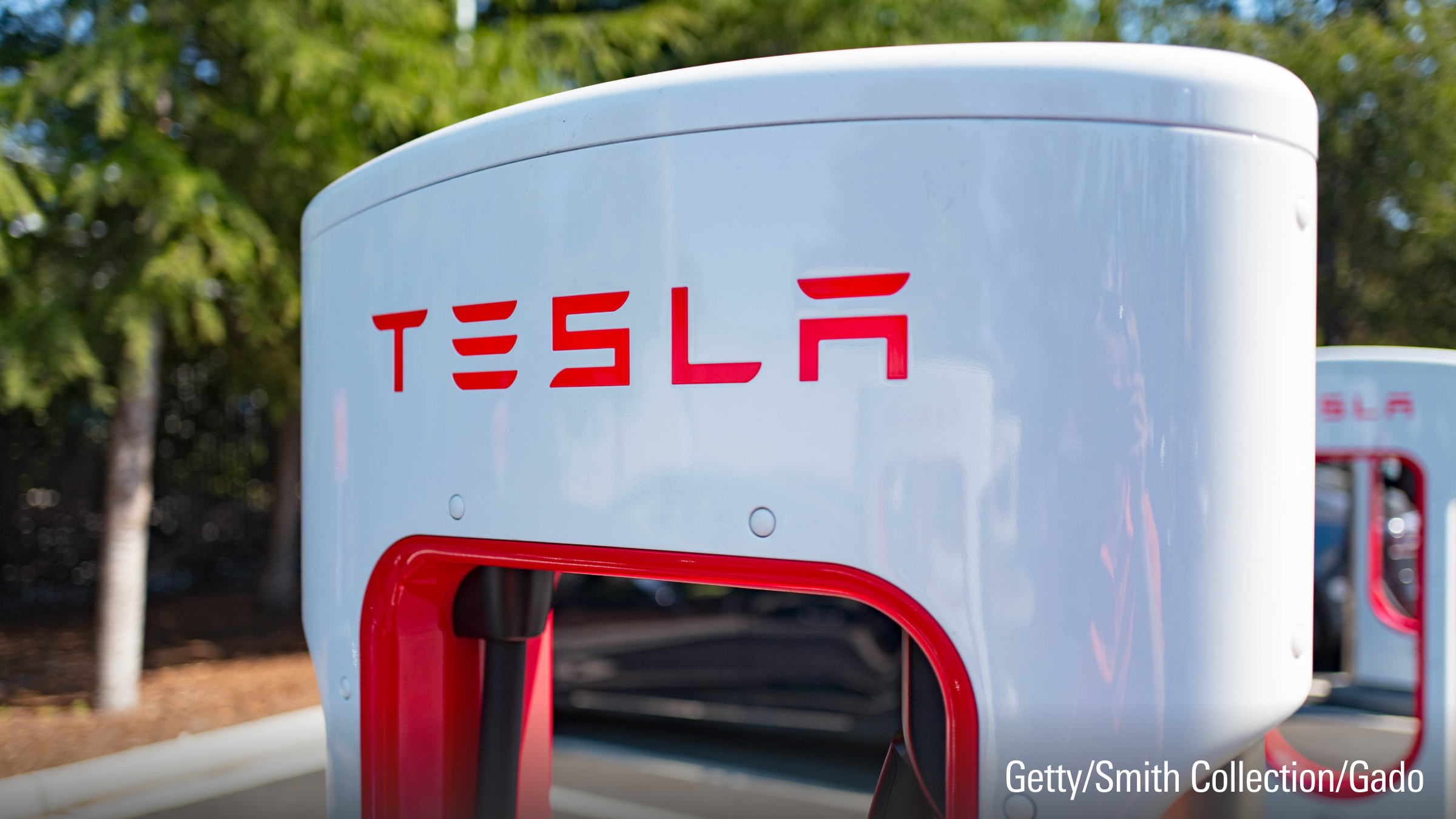Rolle im Portfolio
The db x-trackers FTSE China 25 offers exposure to many of the largest and most liquid Chinese equities available to international investors. Given its concentrated portfolio, this ETF is best suited as a satellite holding for investors looking for China mega-cap exposures.
Over the past three years, the FTSE China 25 Index has been more correlated to the Asian emerging markets (correlated 88% to the MSCI EM Asia Index) than developed markets (correlated 72% to the MSCI World Index, 71% to the MSCI EAFE Index and 68% to the S&P 500 Index). These figures indicate that this ETF could offer some degree of diversification benefit for international investors. It is worth noting that, over the past 3 years, this index has had a correlation of 60% to the MSCI China A Index which tracks the domestic Chinese equity markets, compared to the FTSE China 25 Index which tracks two of the non-domestic Chinese equity markets--H-Shares and Red Chips. Over this same time period, this ETF has had a standard deviation of 24%. This is higher than the MSCI World Index (18%) and the MSCI EM Asia (22%) but lower than the MSCI China A Index (29%).
From a sector perspective the FTSE China Index is heavily tilted towards the financial sector which represents 54% of the index’s value as of 31 May 2012. At the individual security level, the index’s top 10 holdings account for 61% of its value.
Prior to investing in this ETF, we advise investors to check their existing exposure to domestic and non-domestic Chinese equity markets to avoid unintentional concentration. While both the domestic and non-domestic Chinese equity markets are driven by the Chinese economy, the two types of markets could offer different risk/reward profiles and may be subject to different exchange regulations and market forces. Over the past 3 years, on an annualised basis, FTSE China 25 Index returned -0.1% with standard deviation of 24%, while the MSCI China A Index returned 2% with standard deviation of 29%.
Fundamentale Analyse
China’s economy has recovered strongly after the global financial crisis, posting GDP growth of 10.4% in 2010. Growth slowed to 9.2% in 2011 and further to 8.1% in Q1 2012 due to various reasons including, but not limited to, weaker export demand from a debt crisis rattled Europe and a weakening local property market. At the National People’s Congress held in March 2012, Premier Wen Jiabao projected a GDP growth target of 7.5% for 2012, versus 2011’s projected rate of 8% and actual GDP growth of 9.2%. Nevertheless, China remains one of the fastest growing economies in the world.
China has recently eased its tightening policy stance, with the People’s Bank of China lowering interest rates in June 2012 for the first time in 3.5 years and lowering the reserve requirement ratio (RRR) for banks in December 2011 and again in February and May 2012, providing additional liquidity to the market. The lowering of the RRR has generally been viewed as a positive sign, and the market reacted positively after the announcement that the RRR would be decreased. In particular, the lowering of RRR also means that Chinese banks will be able to offer more loans. Nonetheless, Premier Wen cited in April 2012 that the current bank monopoly must be broken up. Investors should be aware of the potential for future changes in Chinese banking regulation and the effects it could have on incumbents’ market share. Chinese banks account for 41% of this ETF’s portfolio.
Together with insurance companies, the financials sectors accounts for 54% of the portfolio, the largest sector exposure for the ETF. Ping An Insurance and China Life Insurance (4% each), the largest Chinese insurance companies are also included in the portfolio. The performance of shares of Chinese insurance companies is inherently linked to the domestic China A-Share market itself as insurance companies invest their surplus in local equity markets.
The second largest sector exposure for this ETF is telecommunications, accounting for 18% of the portfolio, including China Mobile (00941) (11%), a telecommunication services giant, which is also the largest component of the ETF’s portfolio. The Chinese telecommunication services industry is subject to local regulation and rapid technological changes.
The third largest sector exposure is oil & gas, accounting for 15% of the portfolio, followed by basic materials (11%). This exposure consists of oil companies including CNOOC (00883) (7%), PetroChina (00857) (4%) and coal companies such as China Shenhua (01088) (4%). These oil & gas and basic materials companies are not only exposed to global energy prices but also to Chinese regulations in the energy sector and their overseas expansion strategies, if any.
While the underlying stocks are listed in Hong Kong and share prices are quoted in Hong Kong dollar, the businesses derive the majority of their income in Mainland China. As a result, the underlying stocks are indirectly exposed to fluctuations in the Renminbi (RMB).
Overall, investors should be reminded that the Chinese economy could be affected by the global economy and local monetary and fiscal policies.
Indexkonstruktion
This ETF tracks the FTSE China 25 Index, which is a free float adjusted market capitalisation weighted, liquidity screened index consisting of 25 stocks trading on the Stock Exchange of Hong Kong. The constituents consist of H-Shares and Red Chips with a 10% cap on each constituent. With respect to constituent stocks whose individual weighting exceeds 5%, the weighting of such constituent stocks is capped at 40% in aggregate. H-Shares are companies incorporated in the People’s Republic of China (PRC) and listed in Hong Kong. Unlike China-listed A-shares, there are no restrictions for international investors trading in H-shares. Red Chips are companies incorporated outside the PRC but with at least half their sales coming from mainland China and at least 30% of their shares held by mainland Chinese entities. Stocks are screened for liquidity and selected to represent the largest companies on the exchange. The index is reviewed quarterly and changes are made as needed. Financials make up by far the largest sector of the index, representing 54% at the end of May 2012. Other meaningful sector weights include telecommunications at 18%, oil & gas at 14%, and basic materials at 10%. The top holdings are China Mobile (00941), China Construction Bank (00939), and Industrial and Commercial Bank of China (01398), at weights of 11%, 9%, and 8% respectively.
Fondskonstruktion
This ETF employs synthetic replication to track the underlying index by entering into a funded swap with counterparty Deutsche Bank AG. Investors’ cash is transferred to Deutsche Bank, which then puts collateral in a segregated account pledged to the ETF. As of end-May 2012, the collateral consists mainly of publicly-listed equities, as well as roughly 7% corporate bonds. The collateral is marked to market every day, and according to Deutsche Bank its total value at the time of writing was 124% of the ETF’s net asset value. Collateral is subject to certain margins and the amount is required to be 100% to 120% of the exposure. Collateral will be held by the custodian, State Street Bank Luxembourg S.A. Under the terms of the swap, the counterparty agrees to provide the ETF with exposure to the total return of the underlying index, net of any costs or fees associated with providing the exposure. The return from the swap assumes that all dividends paid by the underlying stocks are reinvested in the index, after the deduction of any taxes that may apply. This ETF does not pay out any dividend distributions. The ETF will not enter into stock lending transactions. The fund has assets of roughly US$240m.
Gebühren
The ETF levies a total expense ratio (TER) of 0.60%. This sits at the low end of the range for ETFs tracking the same or very similar indices. Other costs potentially borne by the unitholder but not included in the TER include swap fees, bid-ask spreads, transaction costs on the infrequent occasions when the underlying index holdings change, and brokerage fees when buy and sell orders are placed for ETF shares.
Alternativen
This ETF domiciled in Luxembourg and is cross-listed in Hong Kong, Singapore, Germany, UK, Italy, France, Sweden, Spain and Switzerland. In addition, there are 4 other ETFs that track the FTSE China 25, including the CIMB FTSE China 25 (0823EA, listed in Malaysia), Hang Seng FTSE China 25 Index ETF (02838, listed in Hong Kong and Taiwan), EasyETF FTSE China 25 (EXC, listed in France), iShares FTSE China 25 (FXC, listed in the UK, Netherlands, Germany, Italy, Switzerland, Australia; also FXI, listed in the US, Mexico and Chile). Compared to these alternatives, the iShares one is larger as measured by AUM while this ETF, db X-trackers FTSE CHINA 25 ETF, charges the lowest TER.
Investors may also consider ETFs that track other non-domestic Chinese market indices, e.g. the HSCEI Index, MSCI China Index and MSCI China H Index.

















